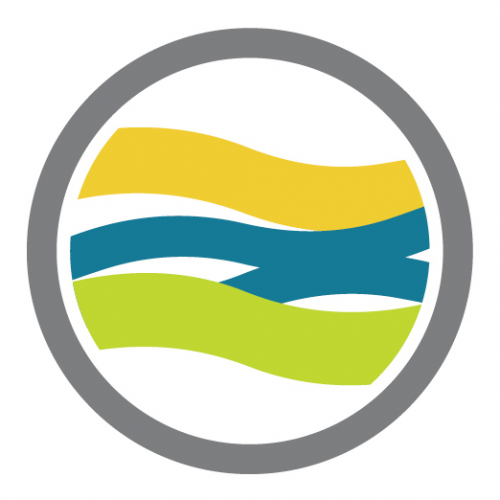


Welcome to Lemonwood Grove
A message from Blair Dravitski (our Principal)
Kia ora and welcome to Te Uru Tarata | Lemonwood Grove School. The three foundations that underpin our school are the student, the staff and the community. Each one of these groups are essential to the success of the school as a whole.
We are very proud of our journey so far and are excited to see what the future holds for us. We have modern classrooms and an amazing staff who provide high quality learning opportunities for the children who attend here.
The School
Te Uru Tarata | Lemonwood Grove School is situated in the heart of the Rolleston in the Selwyn District in Canterbury, South Island of New Zealand.
Lemonwood Grove opened in January of 2017 with a role of 59 children. With the extreme growth of Rolleston, in 2024 it reached the 1000 student mark making it one of the biggest primary schools in New Zealand. Lemonwood Grove has a rich cultural diversity with a staggering 34 different cultures represented and 48 different languages spoken. They have a dedicated team of teachers who make the most of all learning opportunities and provide a range of experiences for their children.
The Māori name for Lemonowood Grove School is Te Uru Tarata (the Grove of the Lemonwood Tree)
The Area
The town of Rolleston is one of the fastest growing areas in New Zealand growing ten fold in the past 20 years.
Rolleston is a short 15 minute drive to the city of Christchurch down the motorway.
Cultural Narrative
The Rolleston area falls within the takiwā of Te Taumutu Rūnanga, one of 18 Ngāi Tahu Papatipu Rūnanga, based at Ngāti Moki Marae, Taumutu. While, Te Taumutu Rūnanga and Te Ngāi Tūāhuriri (traditionally based at the Kaiapoi Pā) have shared interests in the Selwyn District as part of the Education portfolio agreement, Te Taumutu is recognised as the kaitiaki of the educational institutions in the district.
The takiwā (territory) of Ngāi Te Ruahikihiki, the hāpu who are represented by Te Taumutu Rūnanga is centred around Te Waihora (Lake Ellesmere) and extends across the central part of Kā Pākihi Whakatekateka o Waitaha (the Canterbury Plains) to Kā Tiritiri o Te Moana (The Southern Alps) to the west, the Waimakariri River in the north and to the Hakatere (Ashburton River) in the south. It shares interests with Te Ngāi Tūāhuriri Rūnanga, Te Rūnanga o Arowhenua, and Wairewa Rūnanga to the north, south and east respectively, as well as other rūnanga based on Te Pātaka o Rākaihautū (Banks Peninsula) who have traditional associations with Te Waihora.
The people of Te Taumutu Rūnanga descend from the tīpuna or ancestor, Te Ruahikihiki and his son Moki (II) who settled at Taumutu in the seventeenth century. Te Ruahikihiki moved from Akaroa Harbour to Taumutu on the southern shores of Te Waihora. Te Ruahikihiki settled at the pā, Orariki, which is where the present day Hone Wetere church and hāpu urupā are located. Moki (II) established his pā site nearby at Taumutu, on the site where the present Ngāti Moki marae is located, near the south-western edge of Te Waihora. In 1891 a wharenui, named Moki, was opened on the site of the original historic Pā o Moki. The meeting hall has undergone many alterations and additions and is now known as Ngāti Moki. Grass covered mounds of earth can still be seen at the Ngāti Moki pā site. These ramparts run parallel to Pohau Road and are the remains of the traditional battle defences of the original pā (Te Taumutu Rūnanga 2014).
